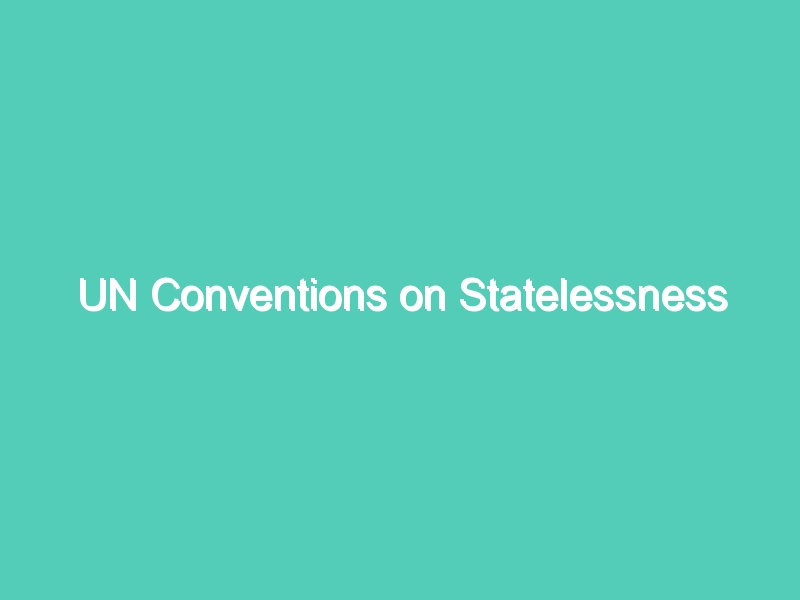
© UNHCR/Hélène Caux
The 1954 Convention relating to the Status of Stateless Persons and the 1961 Convention on the Reduction of Statelessness are the key international conventions addressing statelessness. They are complemented by international human rights treaties and provisions relevant to the right to a nationality.
Between 2011 and 2015, there were 49 accessions to the two Conventions on Statelessness – an increase that will lead to more action to protect stateless people, resolve their predicament and prevent new cases.
The 1954 Convention
The 1954 Convention is designed to ensure that stateless people enjoy a minimum set of human rights. It establishes the legal definition of a stateless person as someone who is “not recognized as a national by any state under the operation of its law.” Simply put, this means that a stateless person is someone who does not have the nationality of any country. The 1954 Convention also establishes minimum standards of treatment for stateless people in respect to a number of rights. These include, but are not limited to, the right to education, employment and housing. Importantly, the 1954 Convention also guarantees stateless people a right to identity, travel documents and administrative assistance.
There were 83 States party to the 1954 Convention in November 2014 when teams at UNHCR launched the Campaign to End Statelessness in 10 Years.
The 1961 Convention
The 1961 Convention aims to prevent statelessness and reduce it over time. It establishes an international framework to ensure the right of every person to a nationality. It requires that states establish safeguards in their nationality laws to prevent statelessness at birth and later in life. Perhaps the most important provision of the convention establishes that children are to acquire the nationality of the country in which they are born if they do not acquire any other nationality. It also sets out important safeguards to prevent statelessness due to loss or renunciation of nationality and state succession. The convention also sets out the very limited situations in which states can deprive a person of his or her nationality, even if this would leave them stateless.
There were 61 states party to the 1961 Convention in November 2014 when teams at UNHCR launched the Campaign to End Statelessness in 10 Years.
1954 Convention relating to the Status of Stateless Persons
The 1954 Convention provides the definition of a “stateless person” and the foundation of the international legal framework to address statelessness.
1961 Convention on the Reduction of Statelessness
The 1961 Convention is the leading international instrument that sets rules for the conferral and non-withdrawal of citizenship to prevent statelessness.
Statelessness documents and reports on Refworld
Documents highlighting good practices to address statelessness are available in Refworld
States Party to the 1954 Convention
external link
States Party to the 1961 Convention
external link



